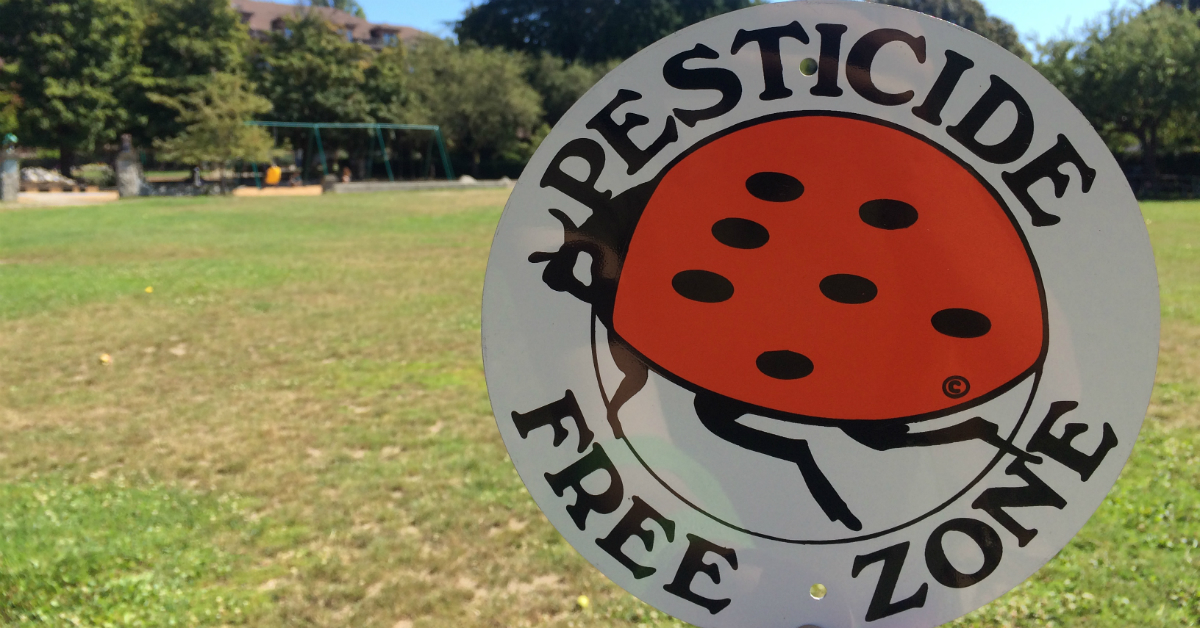Last week, Mayor Durkan announced a new pesticide Executive Order, which will hopefully reinvigorate the city’s efforts to reduce pesticide use. The order puts restrictions on the use of glyphosate, a pesticide identified as a probable carcinogen in 2015 by the International Agency for Research on Cancer. This means that glyphosate cannot be used on public lands, parks and playgrounds within the city of Seattle unless there are no other viable options and an application gets special approval from an internal team. The announcement is a step in the right direction, but further action is needed to meaningfully protect the public from the most hazardous pesticides.
Over 20 years ago, Toxic-Free Future helped establish the city’s pesticide policy framework. The approach was based on precaution and mandated that pesticides would only be used as a last resort. If the use of a pesticide was desired, the city would rank it based on the hazards and choose the least toxic. The policy phased out use of the most toxic insecticides and herbicides. Unfortunately, the city was not fully implementing this pesticide policy—it wasn’t regularly updating pesticide rankings and never extended the phaseout to the most toxic fungicides (pesticides used to kill fungi).
In 2017, the Seattle Times reported on the city’s lagging implementation and huge volumes of toxic glyphosate being used. The Times investigation found:
- Seattle Parks and Recreation sprayed more than 76,000 gallons of products containing Tier 1 or the most hazardous pesticides between 2012 and 2016;
- Some parks that were labeled pesticide-free were being sprayed; and,
- In 2016, more than 60 percent of 732 applications included glyphosate.
While it is encouraging that the city has finally stepped up its efforts on pesticides with Mayor Durkan’s new Executive Order, there are several further steps that would improve health and environmental protections. The city should:
- Make all pesticide use reports available to the public in a searchable database. If the city determines it must use a pesticide, there should be basic information about what pesticide is used, where it is applied and how much is applied. This will allow for much greater transparency on whether the city is implementing its policy.
- Phase out all highly hazardous (Tier 1) pesticides. Restricting glyphosate is a good first step, but the city needs to fully implement a ban on all high hazard pesticides.
- Set annual goals for pesticide reduction. When the policy was adopted, the city set a 30% reduction goals and achieved it. Now it is time to set annual goals for reducing pesticides and establish a mechanism for reporting progress to the public.
The city of Seattle can set an example for other cities as well as the state when it comes to pesticide use on public lands, parks and playgrounds. We hope this Executive Order serves as a fresh start and that the city fully implements its policy that, to this day, is still precedent-setting for the nation.




